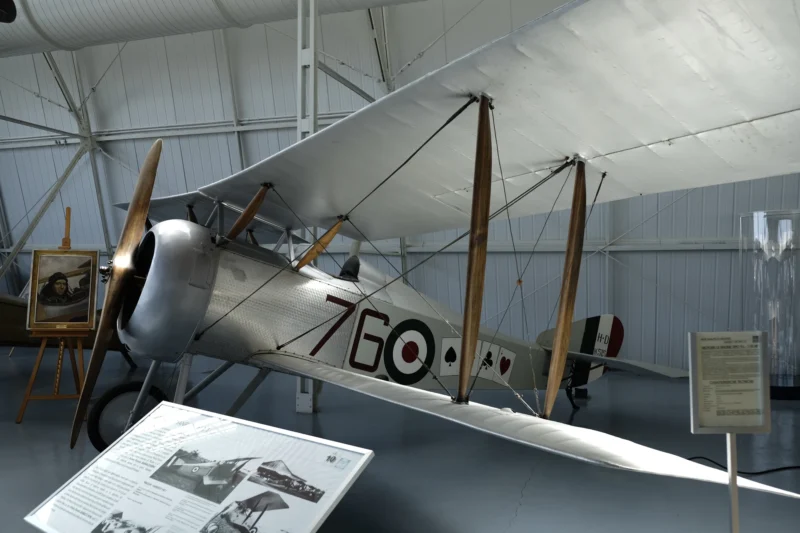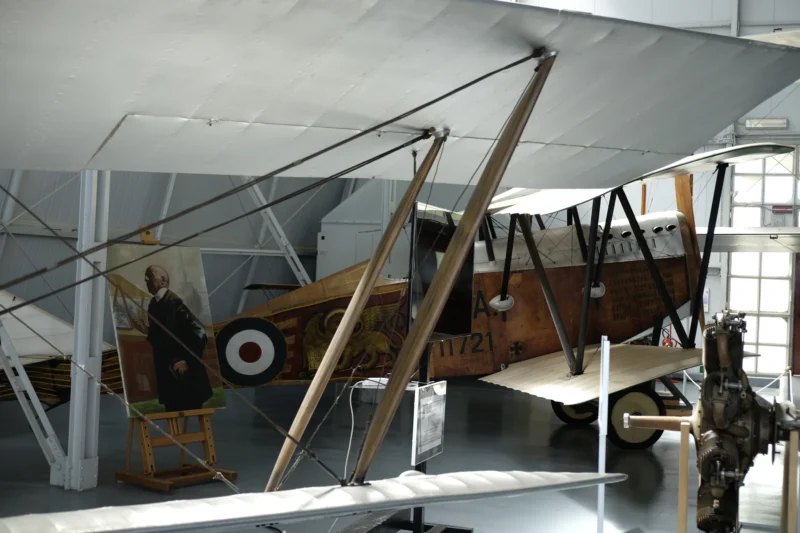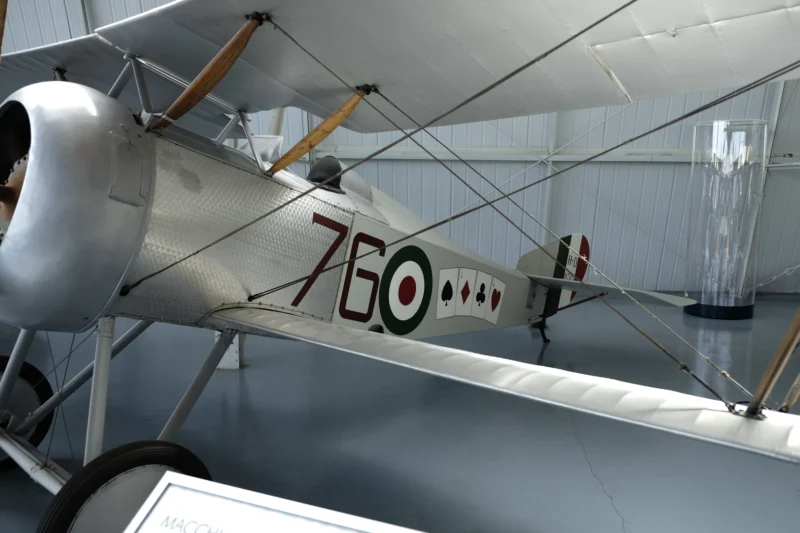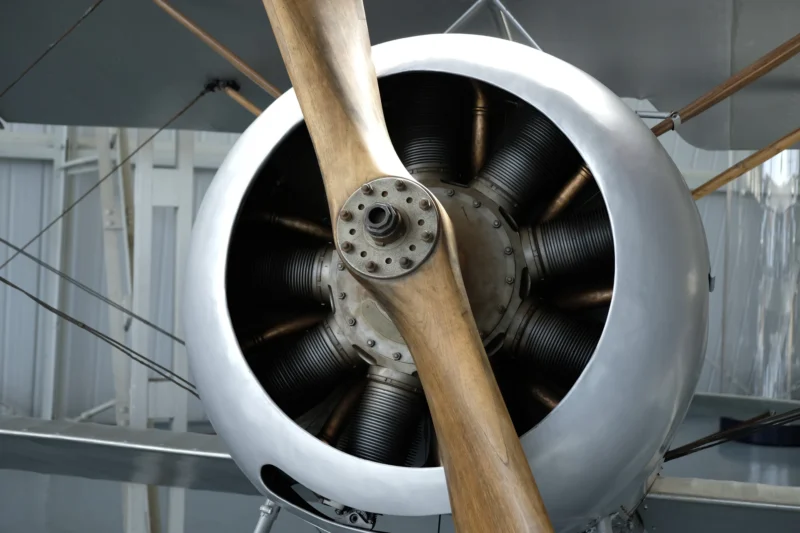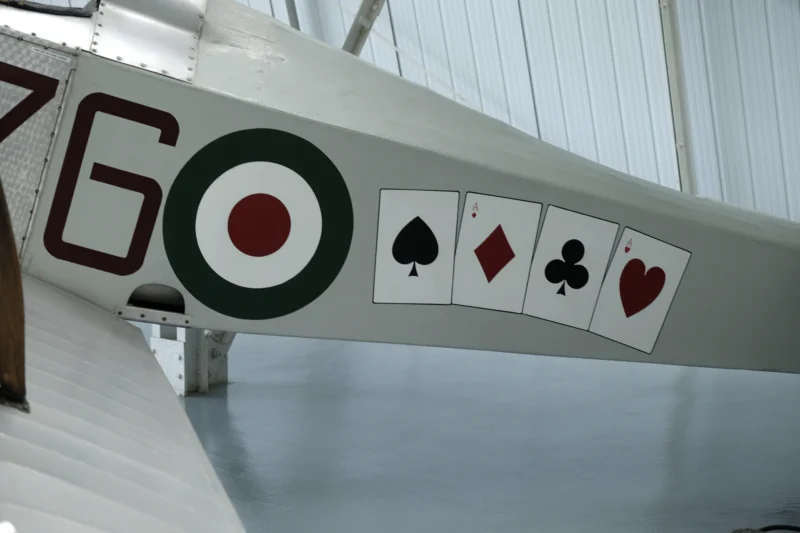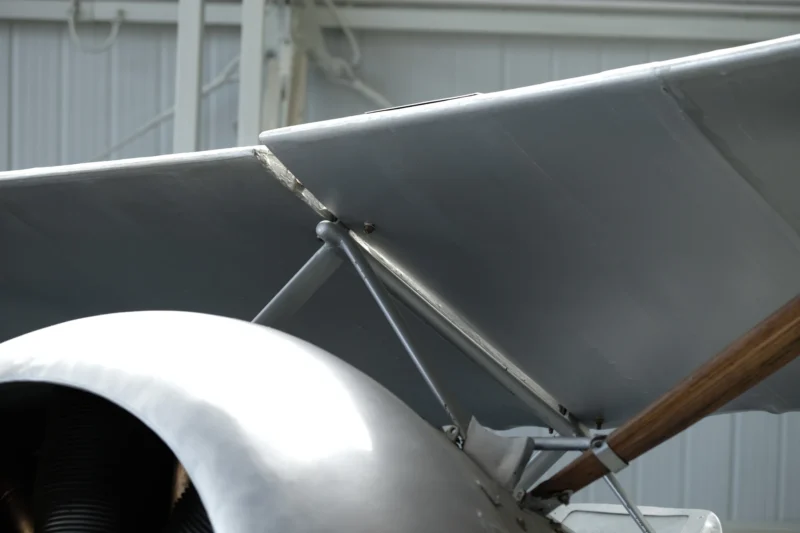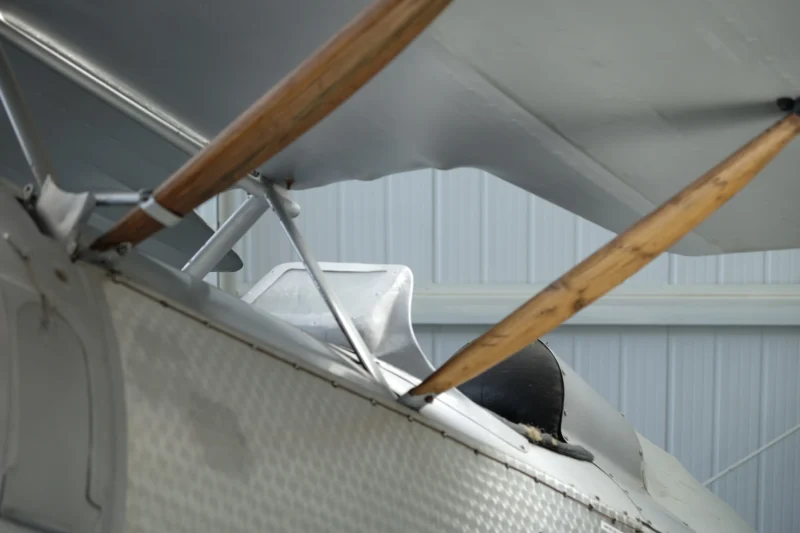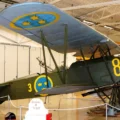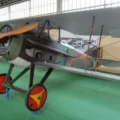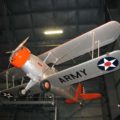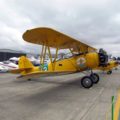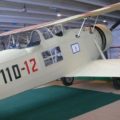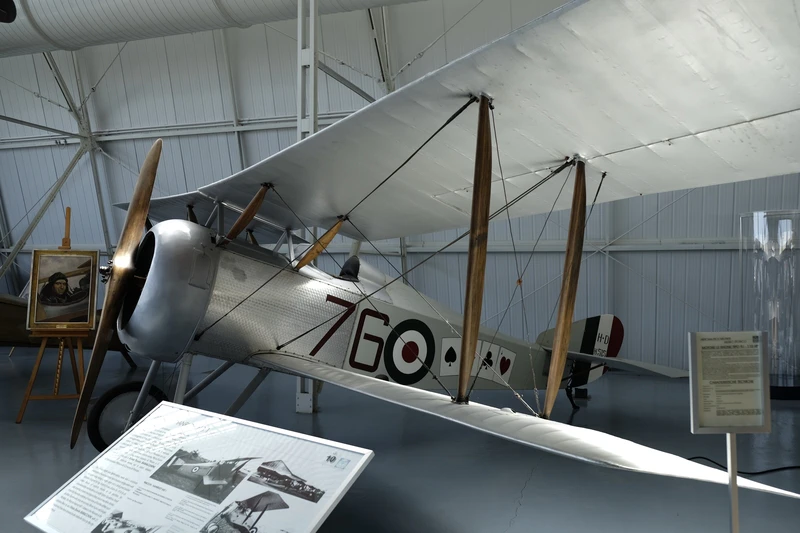
Hanriot HD.1 | |
|---|---|
| 国 | フランス |
| 役割 | 複葉戦闘機 |
| 紹介 | 1916年6月 |
| 構築 | 1200+ |
ザ ハンリオット HD.1 ●フランス第一次世界大戦のシングルシート戦闘機でした。SPAD S.VIIを支持するフランスの飛行隊とのサービスを拒否され、タイプはベルギー陸軍の航空ミリテールベルジュ(「ベルギー軍事航空」)とイギリスイタリア陸軍のコーポ航空ミリターレ(「軍事航空隊」)に供給され、どちらも大成功を収めました。合計約1,200の例が建てられ、831はライセンスの下でイタリアの企業によって生産されました。
ソース: ウィキペディアのハンリオット HD.1
| Hanriot HD.1 Walk Around | |
|---|---|
| カメラマン | 知りません |
| ローカライズ | 知りません |
| 写真 | 13 |
関連項目:
General Characteristics
The Hanriot HD.1 was a highly successful French single-seat fighter biplane of World War I. Although designed and developed in France, it was rejected by the French Air Service (Aviation Militaire) in favor of the SPAD S.VII. However, it was eagerly adopted and became the standard front-line fighter for both the Belgian and Italian air services from 1917 until the end of the war, primarily due to its exceptional maneuverability and robust, reliable airframe. It was also license-built in large numbers by Nieuport-Macchi in Italy.
| Property | Typical Value |
|---|---|
| 役割 | Single-Seat Fighter Biplane |
| メーカー | Hanriot-Dupont (France), Nieuport-Macchi (Italy, License) |
| First Flight | 1916年6月 |
| サービス中 | 1917–Post-War |
| No. Built | ~1,200 (Total, including Italian production) |
| 乗組員 | 1 (Pilot) |
| 長さ | 5.85 m (19 ft 2 in) |
| 翼 | 8.70 m (28 ft 7 in) |
| Max Takeoff Weight | 652 kg (1,437 lb) |
Powerplant and Performance
- Engine: One Le Rhône 9J or 9Jb 9-cylinder air-cooled rotary engine.
- Power Output: 82 kW (110 hp) or 97 kW (130 hp) in later variants.
- Maximum Speed: 184 km/h (114 mph) at sea level.
- Service Ceiling: 6,400 m (21,000 ft).
- Time to Altitude: Approx. 6 minutes 3 seconds to 2,000 m (6,560 ft).
- Design Note: The HD.1 used a “1½-strut” cabane arrangement similar to the Sopwith Strutter, which Hanriot was licensed to build. It was valued for its light controls and ease of flying.
武装
- Standard Armament: 1 x 7.7 mm (.303 in) fixed, forward-firing Vickers machine gun (synchronized).
- Armament Rationale: Though contemporary fighters often carried two guns, the HD.1’s rotary engine was less powerful. Limiting armament to one gun preserved its excellent climbing performance and maneuverability, which pilots valued.
- Experimental Armament: Some Belgian aces, notably Willy Coppens, experimentally fitted a single, high-caliber 11 mm (.433 in) Vickers machine gun for “balloon busting” sorties against German observation balloons.
- Post-War Service: The HD.1 was also used by the US Navy in the 1920s for shipboard launch experiments from platforms mounted on battleship turrets.
ビュー:1041
